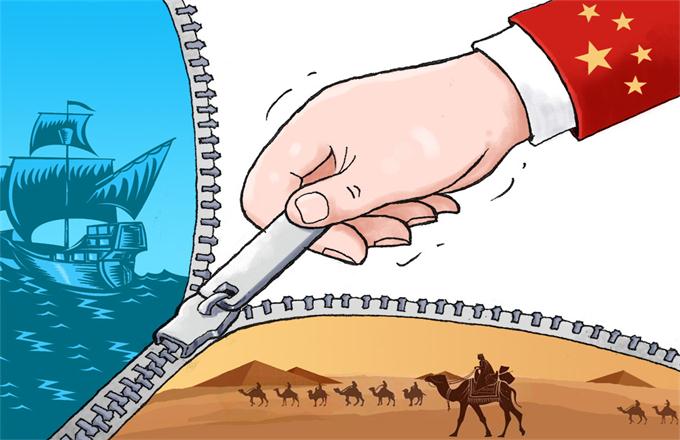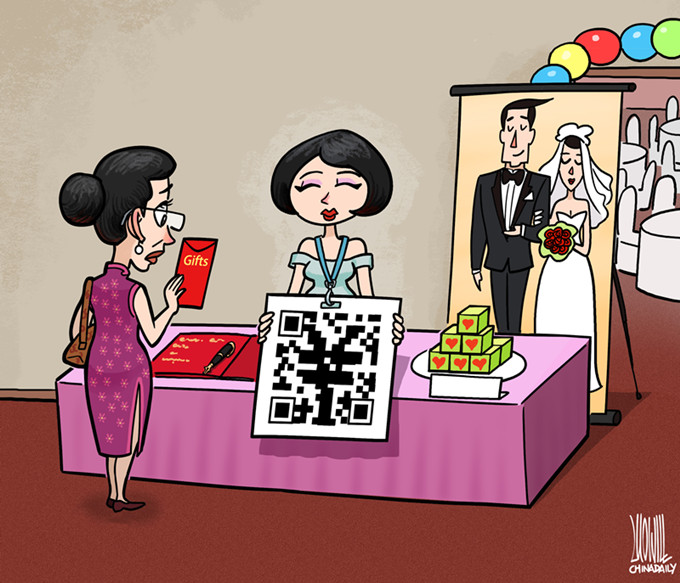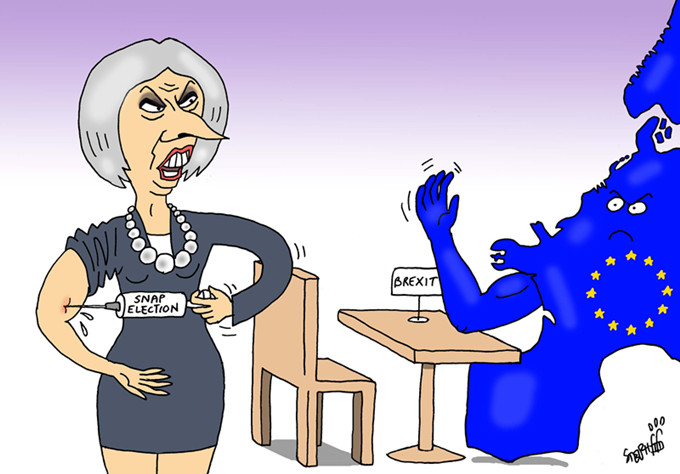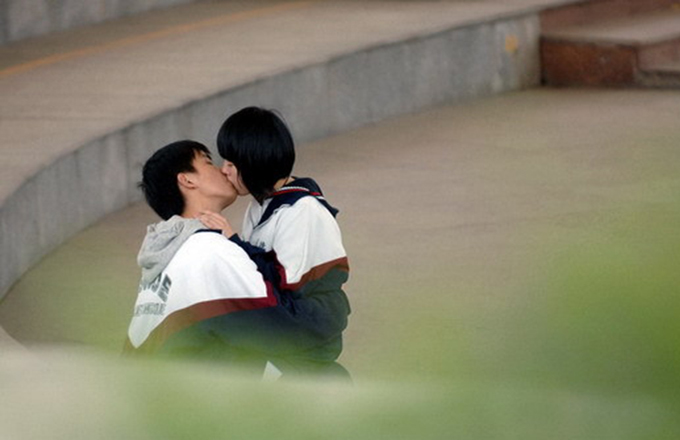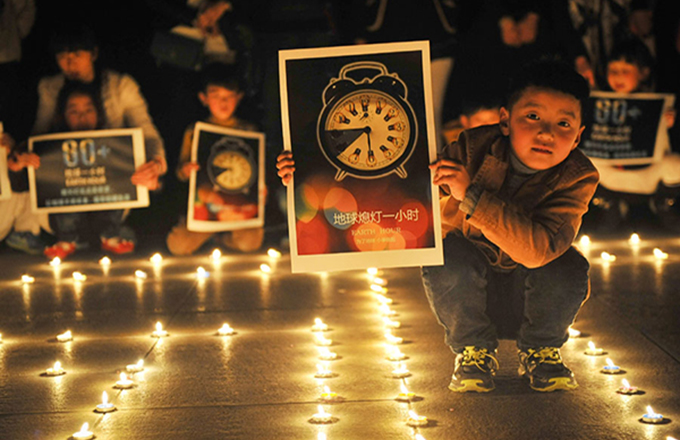Delisting storm for tourist sites fails to meet expectations
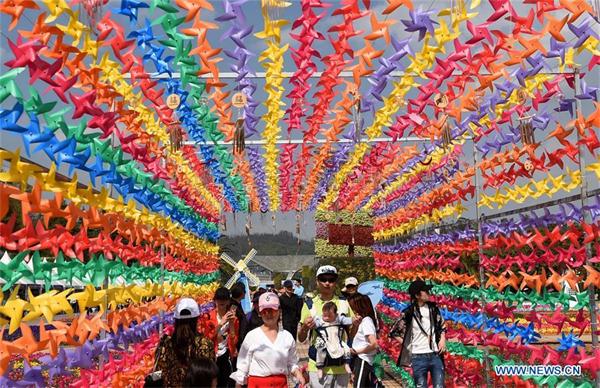 |
|
People visit a corridor decorated with pinwheels at World Horticultural Expo Garden in Kunming, capital of Southwest China's Yunnan province, April 30, 2017. [Photo/Xinhua] |
THE CHINA NATIONAL TOURISM Administration initiated a "delisting storm" two years ago, which has resulted in more than 400 scenic spots being downgraded or removed from the list of national-level tourist spots. Gmw.cn comments:
On Saturday, the first day of the three-day May Day holiday, Chinese travelers made more than 52 million trips, generating 31 billion yuan ($4.5 billion) of revenue.
But despite the authority's delisting and downgrading of tourist attractions that didn't meet the appropriate standards, a move intended to force the sites to improve their services and management, tourists' experiences in some well-known scenic spots are still far from what their rankings promise.
For example, the 4A ranking of the Chinese Ethnic Culture Park in Beijing-5A is the highest-had been annulled nearly four months ago, but it still describes itself as a 4A tourist spot on its official website, and a wooden bridge in the park, which the administration stated needed additional guardrails to improve public safety, remains unchanged.
Also, according to relevant rules, tourist spots that have been delisted from the national-level rankings or downgraded cannot apply to be relisted within a year. However, Shanhai Pass, the first pass at the eastern end of the Great Wall in North China's Hebei province, reapplied for a 5A listing, 10 months after it was delisted.
It is obvious the authorities' "delisting storm" has not been as effective as expected. And it is time to revise the grading system to give the tourists more say in evaluating the tourist spots.
The national-level rankings are intended to be a quick reference for tourists so they know what services they can expect, they do not exempt the scenic spots from the supervision and regulation of the tourism administrative departments.
Instead, the higher a site's ranking is, the more strictly it should be supervised. But in practice even the local tourism authorities in some places tend to neglect the supervision of high-ranking tourist sites.





